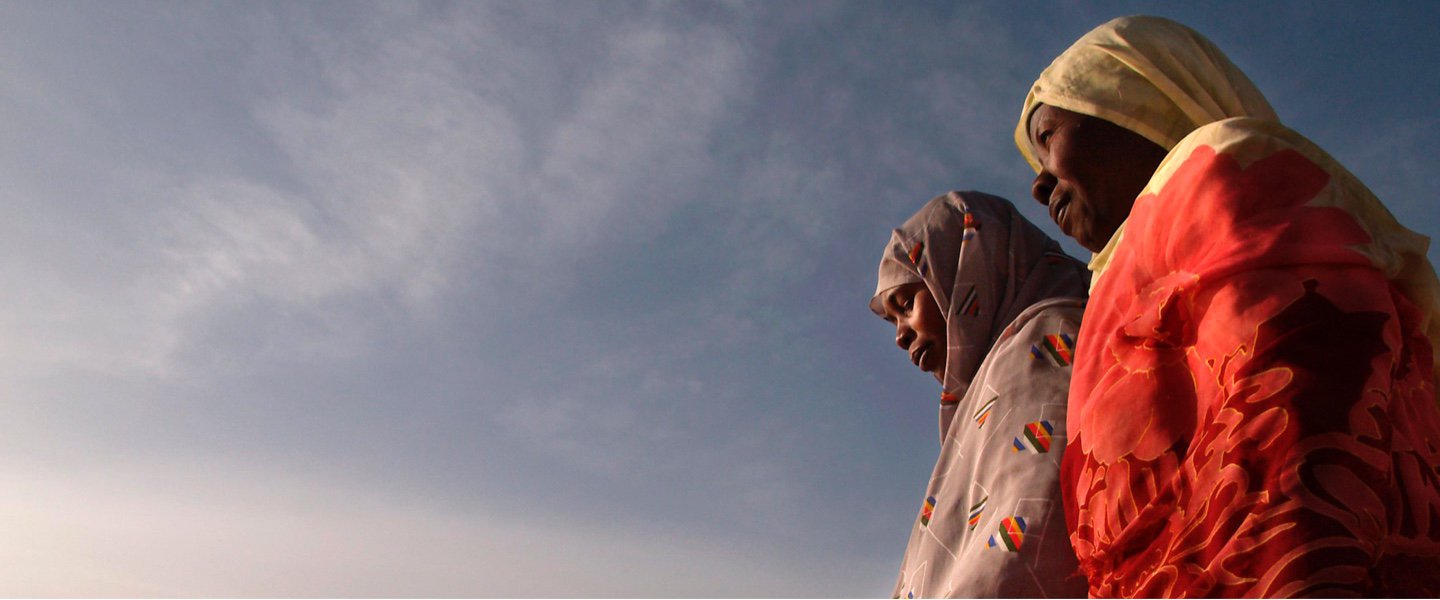In 2018, 3.6 million pregnant or lactating women, adolescent girls, and children under age 5 received basic nutrition services in Khyber Pakhtunkhwa region and 1.8 million pregnant women received iron and folic acid (IFA) supplements. From 2014–18, 1.1 million pregnant women in Balochistan province and 2.2 million pregnant women in Sindh province received IFA supplements.
In 2018, 11.4 million women received essential health, nutrition, and population services in Punjab province, up from 3.2 million in 2015. During the same period, 2.5 million births were delivered by a health professional, up from 1.8 million, and 2.5 million children were immunized, up from 1.4 million.
From 2016–18, 1.2 million people benefited from flood and drought mitigation activities in Sindh province, of whom 50% were women.
From 2009–17, 28.5 million people under a safety net program, The Benazir Income Support Program (BISP), were provided with income support in the form of predictable quarterly cash transfers. The amount of transfer went, up from USD 46 in 2009 to USD 75 in 2016.
In 2011, BISP rolled out a co-responsibility cash transfer program in 32 districts across all provinces, linking cash transfers to primary school education of the beneficiaries’ children. From 2011–17, 1.9 million children of BISP beneficiaries have been enrolled in the program.
From 2017–18, Punjab increased enrolments by one million students, from 11.3 to 12.3 million students. From 2016–18, 100,000 teachers were hired through a competitive, meritocratic hiring system that reduced the number of schools with fewer students than teachers from 23,000 down to 300.
A skills development program in Punjab trained 38,226 students in 2018 with market-relevant courses, up from 18,522 in 2014. From 2014–18, 15 institutions offered 15 computer-based training and 726 students graduated through this program. During the same period, 9 industry partnership agreement was signed, and 1,685 students benefited through this partnership. 47,866 students enrolled in market-relevant courses in 2018, up from 23,152 in 2014.
From 2015–18, 840,931 people benefited from restored flood embankments, of whom 425,527 were women. During the same period, 150 kilometers of embankments were rehabilitated or constructed. In 2018, 986,033 people at risk for disasters and climate vulnerability received early warning notifications through mobile short messaging service, up from 50,000 in 2015.
In Sindh province, public sector performance was strengthened through improved revenue generation and expenditure management. A tax reform plan was approved in 2015 and the sales tax on services increased to 27% in 2017 from 3.5% in 2014.
Key Achievements
Results

INDICATORS
Life expectancy at birth, total (years)
Debt
Results Stories
Projects

News Updates
Related Documents
Key Achievements
In 2018, 3.6 million pregnant or lactating women, adolescent girls, and children under age 5 received basic nutrition services in Khyber Pakhtunkhwa region and 1.8 million pregnant women received iron and folic acid (IFA) supplements. From 2014–18, 1.1 million pregnant women in Balochistan province and 2.2 million pregnant women in Sindh province received IFA supplements.
In 2018, 11.4 million women received essential health, nutrition, and population services in Punjab province, up from 3.2 million in 2015. During the same period, 2.5 million births were delivered by a health professional, up from 1.8 million, and 2.5 million children were immunized, up from 1.4 million.
From 2016–18, 1.2 million people benefited from flood and drought mitigation activities in Sindh province, of whom 50% were women.
From 2009–17, 28.5 million people under a safety net program, The Benazir Income Support Program (BISP), were provided with income support in the form of predictable quarterly cash transfers. The amount of transfer went, up from USD 46 in 2009 to USD 75 in 2016.
In 2011, BISP rolled out a co-responsibility cash transfer program in 32 districts across all provinces, linking cash transfers to primary school education of the beneficiaries’ children. From 2011–17, 1.9 million children of BISP beneficiaries have been enrolled in the program.
From 2017–18, Punjab increased enrolments by one million students, from 11.3 to 12.3 million students. From 2016–18, 100,000 teachers were hired through a competitive, meritocratic hiring system that reduced the number of schools with fewer students than teachers from 23,000 down to 300.
A skills development program in Punjab trained 38,226 students in 2018 with market-relevant courses, up from 18,522 in 2014. From 2014–18, 15 institutions offered 15 computer-based training and 726 students graduated through this program. During the same period, 9 industry partnership agreement was signed, and 1,685 students benefited through this partnership. 47,866 students enrolled in market-relevant courses in 2018, up from 23,152 in 2014.
From 2015–18, 840,931 people benefited from restored flood embankments, of whom 425,527 were women. During the same period, 150 kilometers of embankments were rehabilitated or constructed. In 2018, 986,033 people at risk for disasters and climate vulnerability received early warning notifications through mobile short messaging service, up from 50,000 in 2015.
In Sindh province, public sector performance was strengthened through improved revenue generation and expenditure management. A tax reform plan was approved in 2015 and the sales tax on services increased to 27% in 2017 from 3.5% in 2014.


